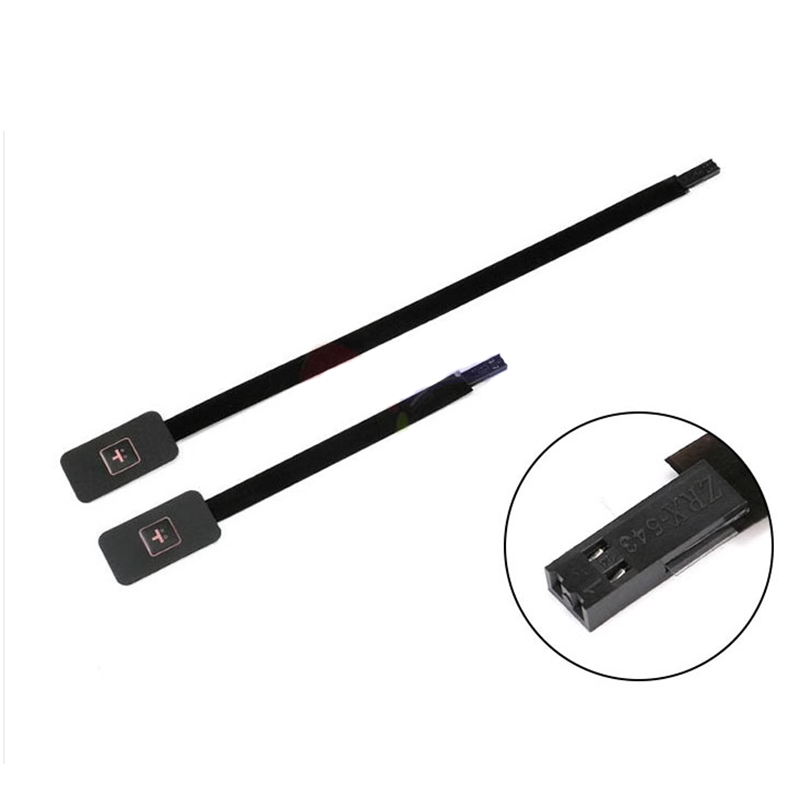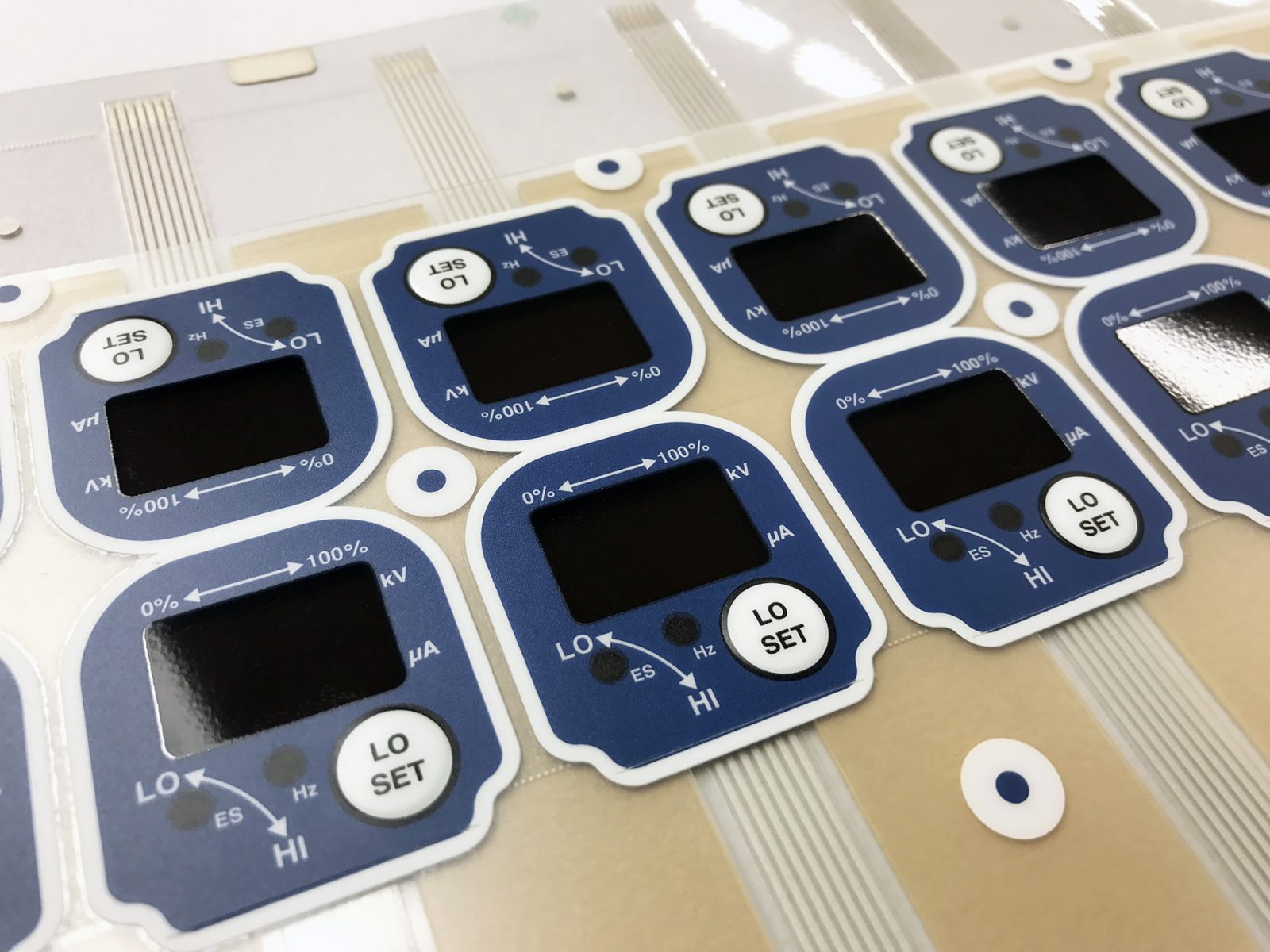How Membrane Switches Contribute to the Success of Smart Home Devices
How Membrane Switches Contribute to the Success of Smart Home Devices
Blog Article
Membrane Layer Switch Innovation: The Trick to Dependable and Cost-efficient User Interfaces
Membrane layer button innovation has arised as a crucial part in the design of user interfaces, supplying both integrity and cost-effectiveness throughout a diverse range of applications. As we check out the multifaceted advantages of membrane buttons, their possibility for technology increases questions about future applications and developing patterns.
Comprehending Membrane Change Technology
Membrane layer switch innovation is a commonly made use of user interface option in numerous digital devices, providing a smooth blend of performance and design. This technology integrates multiple layers of materials, generally containing a visuals overlay, spacer layer, and a circuit layer. The visuals overlay presents the user interface components, while the spacer layer separates the circuit layer from the overlay until a user triggers a button.
When stress is related to the overlay, the circuit layer finishes the electrical circuit, sending out a signal to the device. This mechanism permits for numerous configurations, consisting of responsive feedback and backlighting options, improving user communication. Membrane layer switches are usually produced using resilient products such as polyester or polycarbonate, ensuring durability and resistance to ecological variables like wetness and dust.
The flexibility of membrane changes enables their application in diverse markets, including clinical gadgets, consumer electronic devices, and commercial controls. Their small style enables integration into space-constrained environments, providing an efficient interface without jeopardizing aesthetic appeal. Recognizing the complexities of membrane layer switch modern technology is essential for producers and designers seeking to produce dependable and reliable human-machine interfaces.
Secret Benefits of Membrane Buttons
While numerous user interface services exist, membrane switches offer unique advantages that make them a recommended selection in countless applications. One of the main benefits is their durability; membrane layer buttons are made to hold up against severe environmental conditions, including moisture, dust, and temperature variations, making sure resilient performance. This resilience considerably reduces the need for constant replacements, therefore lowering overall upkeep prices.

Furthermore, membrane buttons are lightweight and portable, making them appropriate for applications where space is limited. Their low-profile design adds to a smooth appearance without compromising functionality.
Cost-effectiveness is likewise a significant benefit, as the production procedure for membrane layer switches has a tendency to be more economical contrasted to conventional mechanical switches. This price, combined with their integrity and convenience of installment, positions membrane layer changes as a functional service for a large range of sectors looking for efficient and effective interface.
Applications Across Different Industries
How do membrane layer buttons adapt to the varied requirements of numerous industries? Membrane layer button technology is progressively acknowledged for its flexibility, making it appropriate for a broad array of applications across numerous markets. In the medical area, membrane layer buttons are made use of in diagnostic equipment and client surveillance tools, where their toughness and ease of cleansing are crucial for maintaining hygiene standards. The vehicle market utilizes these buttons in control panels and control board, using a structured aesthetic while guaranteeing user-friendly operation.
In customer electronics, membrane layer switches offer a compact remedy for remotes and home appliances, enhancing customer experience with intuitive design. Furthermore, the industrial industry leverages membrane layer buttons for equipment control board, gaining from their resistance to extreme environments, such as moisture and dirt.
Army and aerospace applications also use membrane switches for blog their reliability and capability to withstand extreme problems, guaranteeing operational performance in vital scenarios. The food and drink industry adopts these buttons for automated systems, where cleanliness and ease of procedure are extremely important (membrane switch). Inevitably, membrane switches are tailored to satisfy the unique demands of each industry, proving their vital role in contemporary technology user interfaces
Style and Personalization Alternatives

In the world of membrane layer button innovation, layout and modification options play a crucial function in enhancing capability and individual communication. These buttons can be tailored to fulfill certain operational needs and visual choices, making them versatile elements in numerous applications.
Among the main customization options is the format of the button itself, which can be created to fit unique interface and ergonomic factors to consider. By changing the shape, dimension, and arrangement of buttons, producers can create instinctive layouts that assist in simplicity of use. Additionally, the consolidation of different shades and visuals overlays enables branding and improved visibility, ensuring that customers can swiftly determine features.
Moreover, membrane layer switches can be engineered with different responsive responses devices, such as increased switches or distinct clicks, to boost the individual experience. Various materials can also be selected for longevity and ecological resistance, resolving variables such as wetness, pop over here temperature changes, and chemical direct exposure.
Inevitably, the extensive design and customization options available in membrane layer button innovation encourage services to develop customized services that not only meet practical needs but likewise straighten with their branding and functional demands.

Future Trends in Membrane Switches
As membrane layer switch technology remains to advance, future trends are increasingly concentrated on boosting individual experience and integrating innovative functionalities. One substantial fad is the assimilation of touch-sensitive and capacitive technologies right into standard membrane buttons. This advancement enables even more intuitive interface, providing tactile comments while preserving a streamlined layout.
One more emerging pattern is using eco-friendly materials, driven by the expanding need for sustainable production practices. Manufacturers are seeking to reduce their carbon footprint by utilizing recyclable substrates and low-impact inks, aligning with worldwide sustainability goals.
Furthermore, the rise of the Web of Things (IoT) is motivating the consolidation of wise features right into membrane layer switches. Improved connectivity options will allow tools to communicate with each other, enabling smooth assimilation into wider systems.
Furthermore, advancements in printing modern technologies, such as digital printing, are enabling better style versatility and customization. This enables makers to generate intricate styles and vivid colors cost-effectively.

Final Thought
In conclusion, membrane layer switch technology represents a vital technology in user interface design, using considerable benefits in sturdiness, personalization, and cost-effectiveness. As YOURURL.com developments proceed to emerge, particularly in touch-sensitive interfaces and sustainable materials, the possibility for membrane layer switches over to improve individual experience and capability continues to be promising.
Report this page